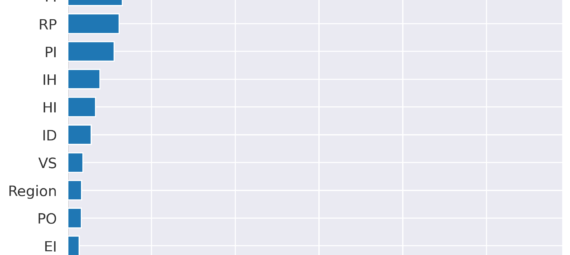There are various methods to compute the global importance of features in machine learning models. Here are some of the most common methods:
Permutation Importance: This method measures the impact of shuffling a feature on the model’s performance. It involves permuting the values of a feature and evaluating the model’s performance. The drop in performance is used as a measure of feature importance.
Mean Decrease Impurity: This method is used in decision trees to measure feature importance. It computes the reduction in impurity achieved by a feature when it is used for splitting the tree nodes.
Recursive Feature Elimination: This method involves recursively removing features from the dataset and training a model on the remaining features. The importance of a feature is based on how much the model’s performance drops when that feature is removed.
Feature Importance from Model Coefficients: This method is used in linear models, where the feature importance is derived from the magnitude of the coefficients of the features in the model.
SHapley Additive exPlanations (SHAP): SHAP values measure the contribution of each feature to the prediction. It assigns each feature an importance score that indicates how much it contributes to the prediction compared to the average contribution of all features.
These are some of the most commonly used methods to compute global importance in machine learning models.



